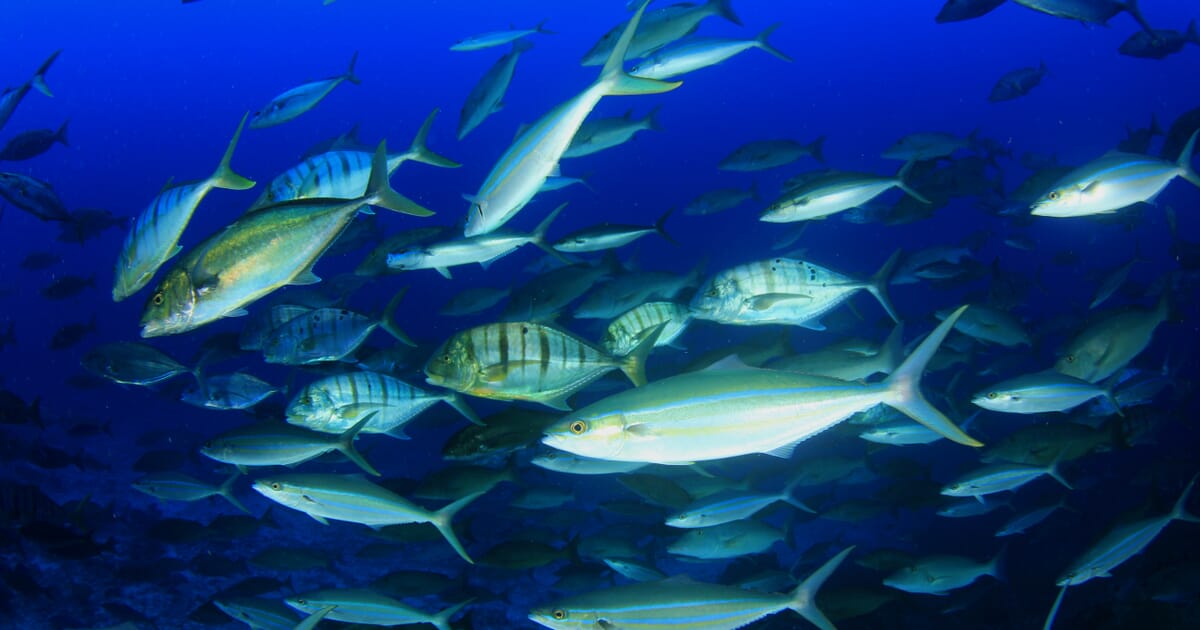Hi All, I've got a relatively new tank (~8 weeks old) that I added in my first 2 ocellaris clowns into 2 1/2 weeks ago. So far they have all been well, however I noticed 3 days ago the morning after their 2nd water change, one of the clowns started to develop these grey spots on it. I see a couple on its head, and a few mid body or so. No signs of it anywhere else on the fish, the other fish looks healthy. If I had to describe it, I would say grey lumps, kinda fluffy.
Tank params are as follows:
SAL:1.026
T:78f
A:0
N:0
I've been looking around, but having a hard time nailing down what it is. The behavior has been normal so far, but the spots do seem to be growing daily. not by a lot, but for sure not getting smaller or going away. Attached a few photos, lump on the head is the largest, and showed up first. Thanks for any advice you can give on this!
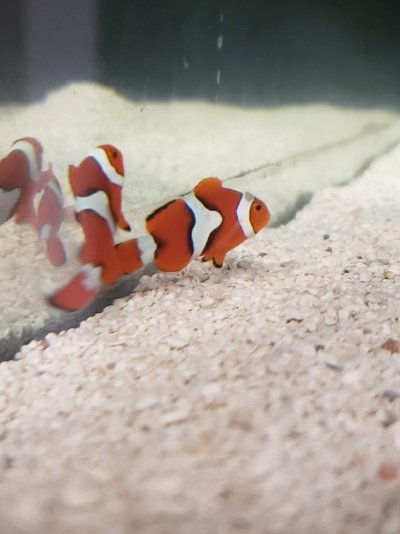
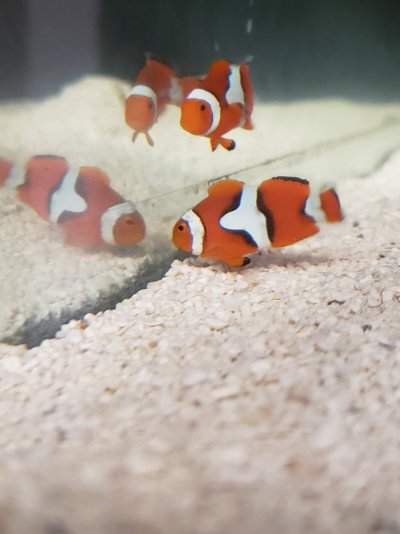
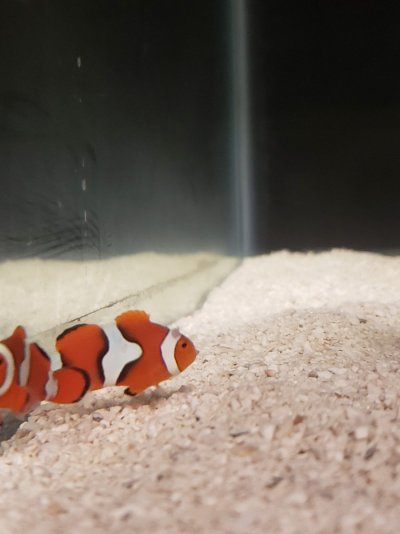
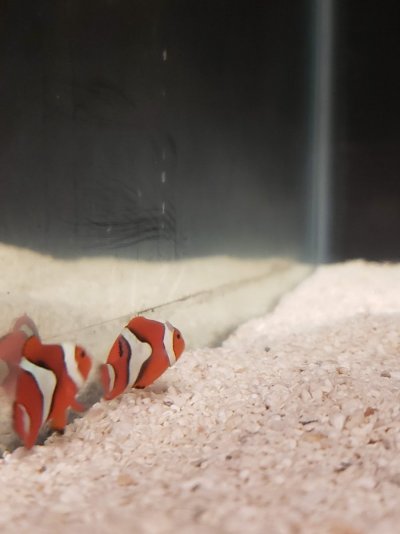
Tank params are as follows:
SAL:1.026
T:78f
A:0
N:0
I've been looking around, but having a hard time nailing down what it is. The behavior has been normal so far, but the spots do seem to be growing daily. not by a lot, but for sure not getting smaller or going away. Attached a few photos, lump on the head is the largest, and showed up first. Thanks for any advice you can give on this!










